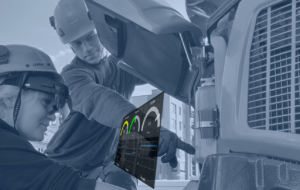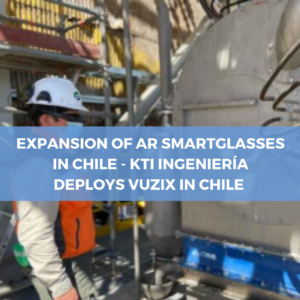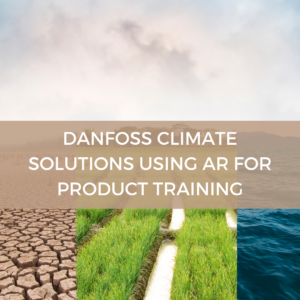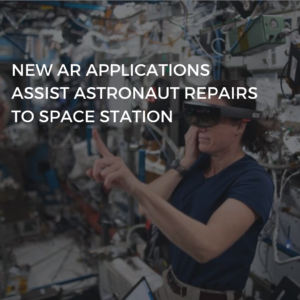Boeing’s Dr. Greg Garrett on the Work of the AREA Safety Committee


AREA: Are you an AR guy who got into safety, or a safety guy who got into AR?
Dr. Garrett: It’s the latter. In 2017, I was supporting the Boeing 767 tanker program when a couple of colleagues approached us in the Safety organization looking for safety and ergonomics guidelines on an Augmented Reality project using HoloLens for wiring work. We looked at each other and said, “What’s a HoloLens?” (laughs) I did some looking around and I couldn’t find any research on the safety ramifications of AR. I finally landed on some ergonomic recommendations for helicopter pilots using night vision goggles. That was the closest thing I could find, but at least it was a starting point. I put some recommendations together and very quickly became the subject matter expert for AR safety.
AREA: It sounds like everybody involved in studying safety requirements in enterprise AR has had to learn as they go along.
Dr. Garrett: It has been a very hands-on learning experience, but the technology is still a hands-on learning experience in a lot of ways. And as we’ve gone along, my interest has been pushed more into fully immersive technologies, not just the AR space. Once I became known as the AR guy, people started coming to me and asking me to help them with their VR projects. So that’s become part of my work now.
AREA: What is the AREA Safety Committee focused on right now?
Dr. Garrett: The past few years have been largely project-focused. There was the AREA Safety and Human Factors Assessment Framework and Best Practice Report. Things have changed a lot since that was published, so we’ll be doing a refresh of it. And then we put together the AREA Safety Infographic. We’ve now moved into the development of a playbook of sorts, a general guide to things to be aware of when you’re implement AR solutions from a safety perspective. What kind of infrastructure do you need? What kind of issues should you be aware of? How should you assess the environment? We’ve also brought in outside experts from academia and industry to provide their viewpoints and lessons learned. For example, at our next meeting in November, the CEO of Design Interactive will present some of the things they’ve been working on from a product design perspective, but also some of the research they’ve been involved in with their customers on usage requirements. We’ll be learning about the impact they’re beginning to see on the individuals who use AR.
AREA: What are the top AR safety issues that people are concerned about?
Dr. Garrett: Situational awareness is a big one. The restricted field of view. These are of particular concern in environments that have potential hazards. If you’re interacting with the system, you may not hear emergency or other messaging going on in your area. And with a restricted field of view, you might trip over something or bump into someone. Those are probably the top two. Cyber sickness is not generally a concern with AR, but we are starting to see some research that there are some impacts among those who are exposed for two hours or more. There is a correlation between the amount of usage and how much downtime you should have. As that research continues, we’ll be able to develop some requirements to address that issue.
AREA: What can we look forward to from the AREA Safety Committee in the near future?
Dr. Garrett: Last year, we entered into a partnership with the National Safety Council. We’re going to be working with them on the further refinement of the framework tool. It will give new AR adopters a checklist whereby they answer a series of yes/no questions to evaluate the job or their work environment from a safety perspective. In addition to the AREA sharing that framework tool with the AR ecosystem, the National Safety Council will be able to share it with their membership. We’re currently waiting for the NSC to arrange the resourcing of that work, but I expect we’ll see that completed next year.
AREA: Why should AREA members consider joining the Safety Committee?
Dr. Garrett: It’s really about having a voice and a say as to what content is being delivered to protect all employees. International standards are another area where we need a lot of support. There are standards development efforts underway right now at Underwriters Laboratories, IEEE, and ISO, and we need AR users to be represented in the room. There’s a lot of manufacturers and academics involved, but not enough AR customers, and their voices need to be heard.
If you’re an AREA member and would like more information about joining the AREA Safety Committee, contact Dr. Greg Garrett or AREA Executive Director Mark Sage. If you’re not yet an AREA member but care about ensuring safety in enterprise AR, please consider joining; you can find member information here.








